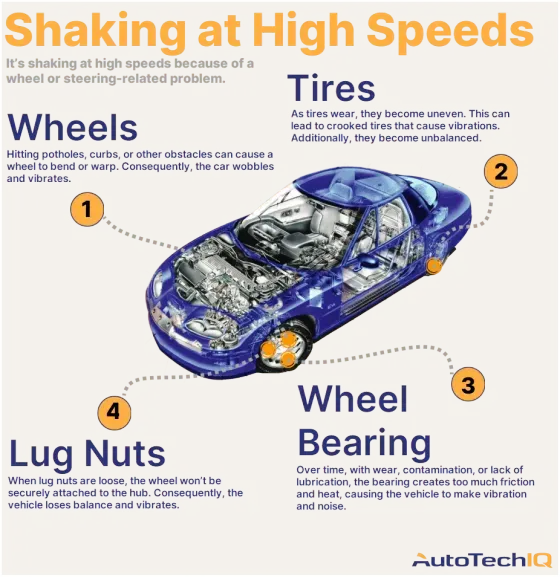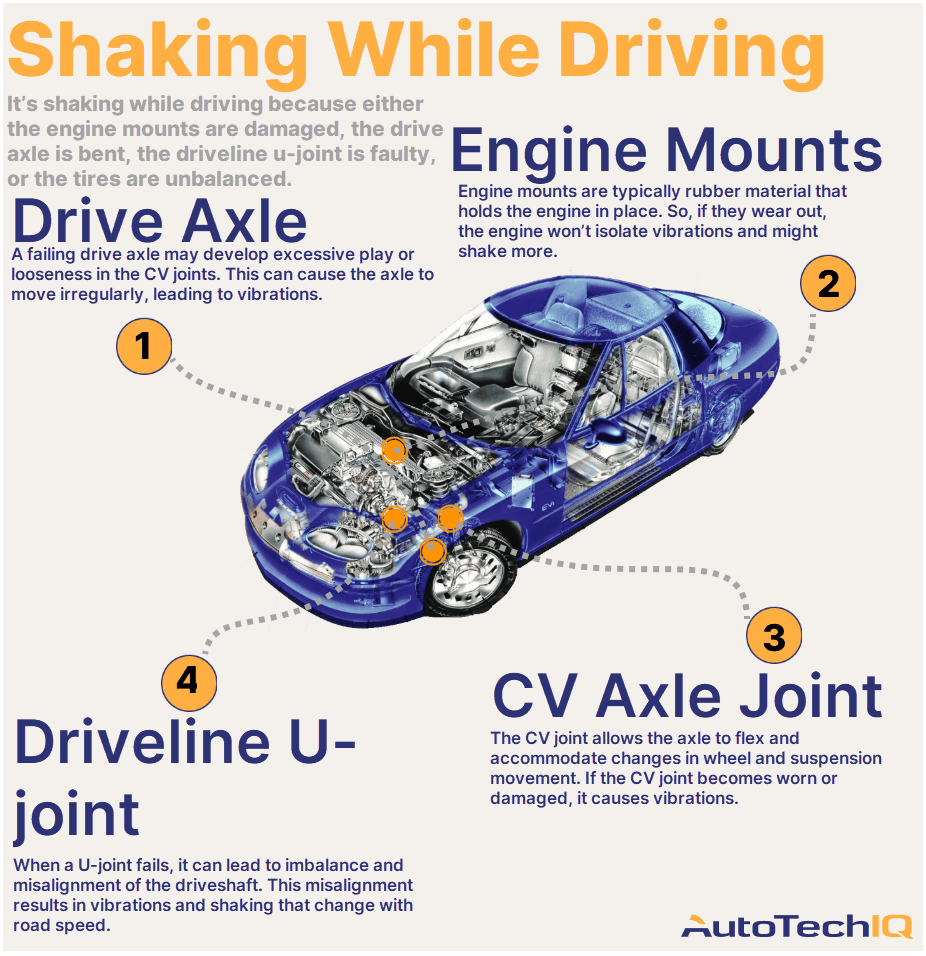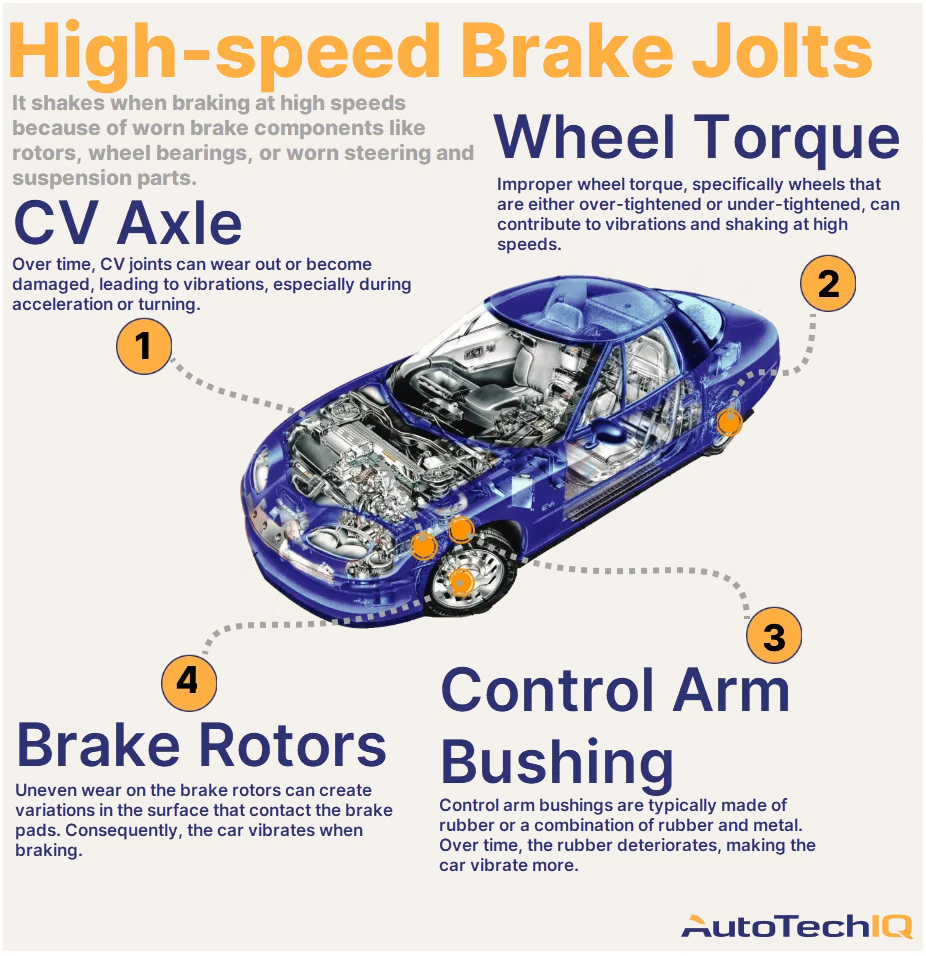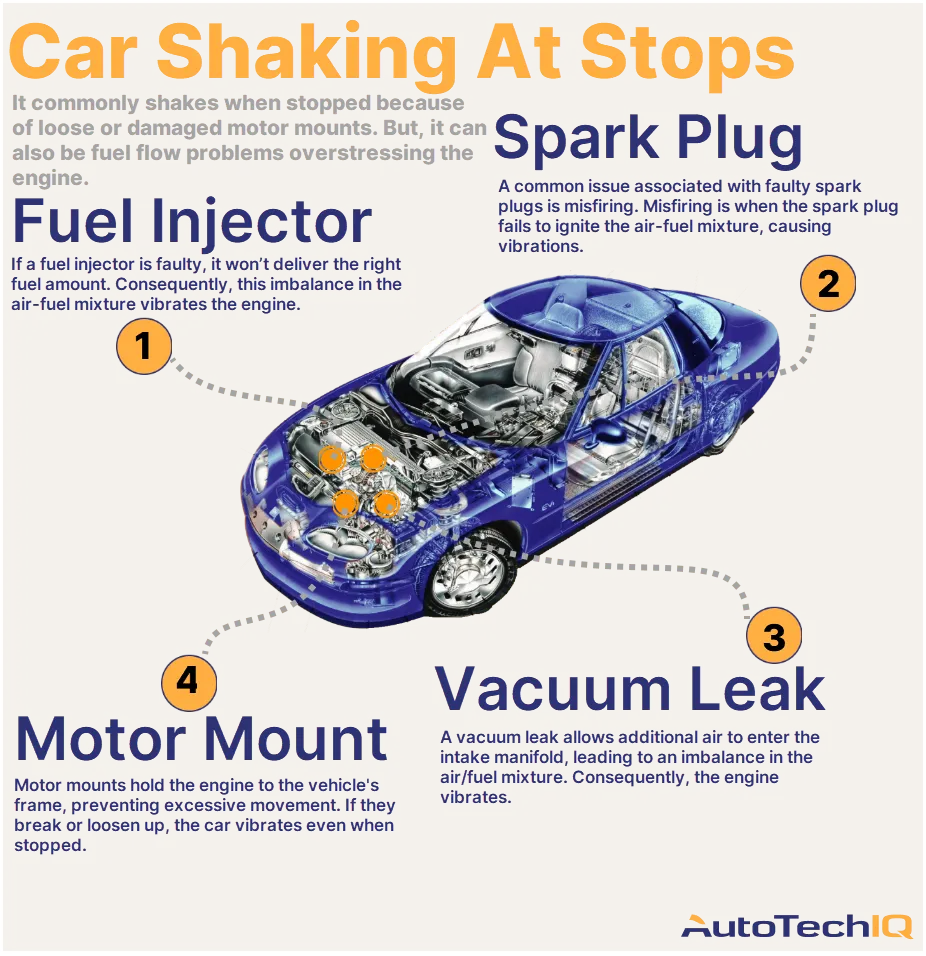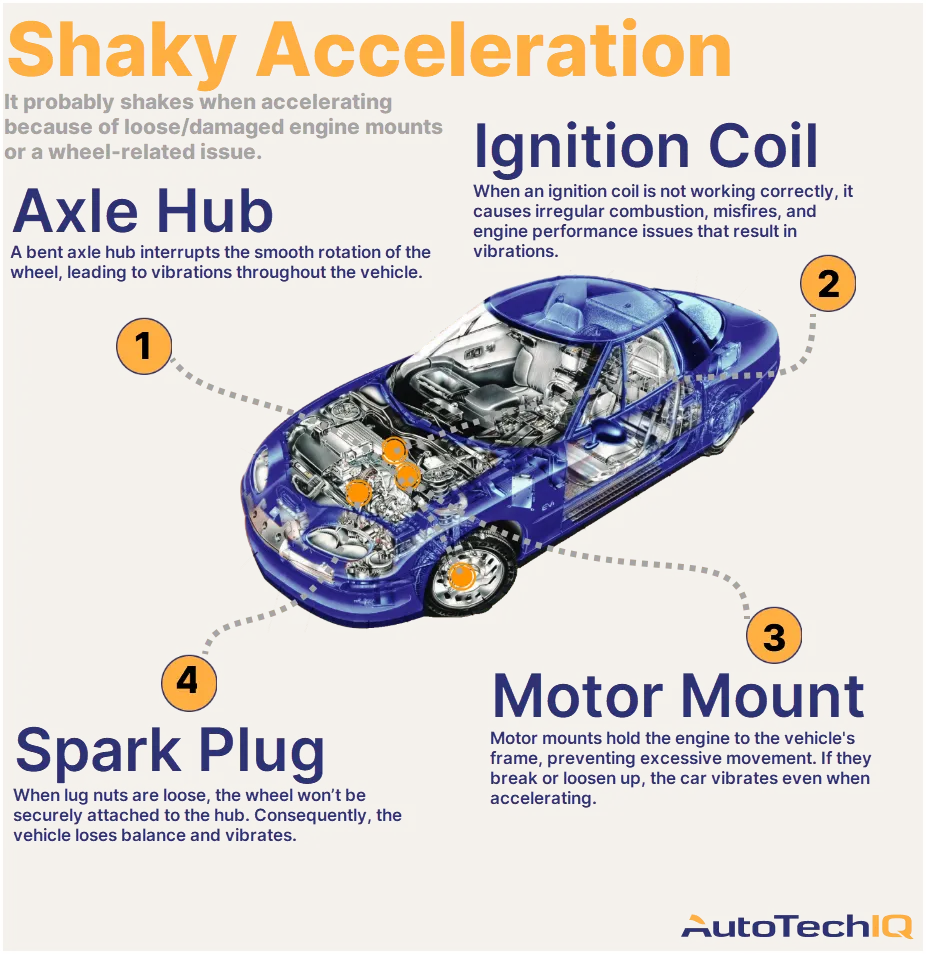Transparency example in a faulty wiper motor service
A suspension/steering/brake system inspection is the most transparent process to understand why your vehicle’s tires are wearing out. This is because many components surrounding the tires, wheels, suspension, and brake components can have a say in the issue, indicating the real culprits that caused it all.
Let’s read an example of how this kind of inspection helps to service a worn tire.
A customer dropped off their vehicle, concerned about a very high-speed vibration they noticed. Additionally, they mentioned that the tires on the car were wearing out.
During the test drive, the technician confirmed a slight tire vibration when the car reached about 68 mph. The shaking was noticeable in both the steering wheel and the seat.
After a vehicle health inspection, the technician found that the tires were over-inflated, according to the door sticker. Additionally, all four tires had worn down the tread in the center. This wear pattern is consistent with over-inflation and can lead to dangerous driving conditions.
Based on their findings, the technician recommends that all four tires be replaced and inflated to the pressure specified in the door placard. They also recommend a four-wheel alignment, to avoid uneven tire wear and improve handling.

In this case, the mechanic put the “Immediate Action” tag on the tires.
